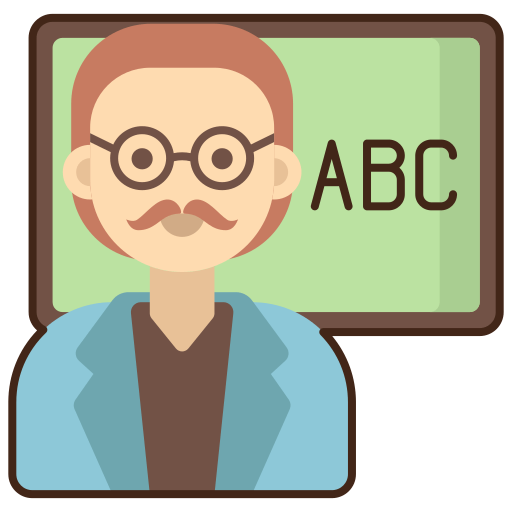
Yes, it can come up with a pretty good Wikipedia-style explanation of amoebas or utilitarianism, but as soon as you want to produce something really interesting with ChatGPT and other large language models, things start go a bit wrong.
As a scholastic consultant and discovering programmer, I speak commonly with trainees concerning their usages of AI. I think they were fretted they were doing something incorrect.
If you have actually utilized gen AI, you recognize that the “magic power” sensation is short lived. Yes, it can generate a pretty good Wikipedia-style description of amoebas or utilitarianism, however as quickly as you want to generate something really fascinating with ChatGPT and other large language models, points start go a little bit incorrect.
I’ve taken up that employ the type of a book called AI for Trainees( Without Delay, 2024). The book shows how AI tech can be utilized not as magic powers, or even as devices, yet a lot more as interactive areas, or virtual classrooms.
I’m optimistic that this last team will actually become the mainstream. Educators can aid move this trend along if we can collectively transform the culture around AI, design healthy AI usages and installed vital AI literacy into education.
What does this resemble? It’s all about what you ask the bot to do. Don’t ask it to do stuff for you. Ask it to ask you to do stuff. Here’s a little experiment you can attempt to contrast both strategies.
I did this procedure, and both experiences were starkly different. The AI sonnet was naturally impressively quick and effectively sonnet-like. But the important things is: I quit reading after line three, “The winds do bring whispers on the breeze.”
Students’ techniques to AI run the full gamut. This includes those that have no experience or interest, those that cheat or take shortcuts that are bad for finding out, and, incredibly, a shocking number that have a self-reflective and actually well-developed view of their connection to AI.
It’s just not that intriguing to review average verse, particularly when it originates from something that, as for we understand, is not mindful. It’s monotonous, which’s a good thing. Because the second strategy was an absolutely different experience. Right here is how that went:
Here’s the idea you can place into method: Allow’s drop the idea of AI as a magic power. Allow’s also go down the notion of AI as a device. This decreases its complexity. Instead, allow’s make it a space, a framework, a scenario, a collection of occasions that boost thinking and maintain us engaged.
As an academic consultant and learning programmer, I speak often with students concerning their usages of AI. The AI sonnet was of course impressively quickly and sufficiently sonnet-like. Right here’s the concept you can put right into practice: Allow’s go down the notion of AI as a magic power. Allow’s even go down the idea of AI as a tool. Third, give the bot restrictions and styles, like, “Don’t give me answers, just factor out weaknesses in my interpretations and prompt me to revise my own solution.”
Extra especially, you can adhere to 3 actions: First, give the crawler a goal, like “I need to practice forensic accounting vocabulary.” Second, give the robot a function, like, “OK bot, you’re an audit professional, and you’re going to give me inquiries that make me use this vocabulary.” Third, offer the bot constraints and styles, like, “Do not give me answers, simply explain weak points in my definitions and trigger me to revise my very own response.”
Which’s primarily what you require to learn about the way of thinking and the strategy of altering AI from being a genie in a lamp or a magic material mill to an interactive area for learning. A room where the student’s mind is central, engaged and striving.
I created my very own dodgy first knowledgeable and, though it wasn’t great verse, it was great enjoyable. I have not thought about sonnets in ages, and right here I was enjoying the rhythms, the images, the feeling of friction in my mind from doing something hard.
And on it went: a real, live knowing procedure. A small composing workshop. An innovative trip. A messing around with an art I ‘d never meant to dabble in. And now I’ll walk around the globe a little bit more knowledgeable about sonnets, and meter, and concepts regarding comprehensibility and clearness. And I’ll have fun with that.
It additionally made me believe harder concerning what “comprehensibility” and “clearness” also indicate as criteria … and were these criteria I valued and desired to accept? And was the bot’s interpretation of these terms the like my very own?
Now, when the robot provided me feedback on my knowledgeable, it pointed out weaknesses in coherence and clarity of photo. Certain, I was kind of aware of these weak points already, but the truth of the communication made me think harder regarding my choices.
1 bot2 good Wikipedia-style explanation
3 pretty good Wikipedia-style
« Dartmouth basketball players withdraw labor union bidFocusing on Digital Sustainability Is More Cost-Effective for ITAM »
